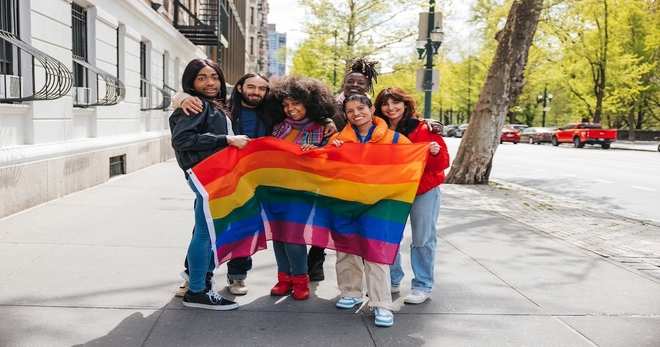Tobacco’s harmful impact on Hispanic and Latino Americans
September marks the start of Hispanic American Heritage Month (Sept. 15 – Oct. 15), a time to celebrate the remarkable impact of Hispanic and Latino Americans on our nation’s history. It’s also a time to acknowledge the challenges that Hispanic and Latino Americans continue to face today, including the harmful effects of commercial tobacco.
Tobacco companies have a history of targeting Hispanic and Latino Americans. In the 1970s and 1980s, Big Tobacco developed interest in the growing Hispanic population and launched marketing initiatives. Internal documents show it deemed the population “lucrative,” “easy to reach,” and “undermarketed.” Since then, the industry has sponsored Hispanic and Latino cultural and sporting events, provided scholarships, and contributed to Hispanic political action committees — all ways it maintains its influence. In fact, Hispanic American youth experience the highest levels of exposure to tobacco ads compared to Black and White youth, according to a 2022 study. And e-cigarettes are the most commonly used tobacco product among Hispanic American youth, 8.8% of whom reported past 30-day e-cigarette use in 2022.

While Hispanic and Latino American adults generally report a lower rate of cigarette smoking compared to the national average, smoking prevalence varies by subgroups within this population. Among all Hispanic American adults, those with Puerto Rican origin had the highest smoking prevalence (17%) and those with Central or South American origin had the lowest (6%). U.S.-born Hispanic Americans face higher cancer risk compared to those in their country of origin due to the adoption of behaviors such as smoking. Tobacco use can cause more than 12 types of cancer and makes up about 40% of cancer diagnoses.
Ending tobacco use among Hispanic and Latino Americans
Specific data are critical to developing tailored interventions to address tobacco use among Hispanic and Latino Americans. A study recently published by the Journal of the American Medical Association demonstrates the effectiveness of Truth Initiative’s text message-based quit vaping program, including among underserved populations. The study involved 1,503 adolescents ages 13-17 from across the U.S. who reported past 30-day e-cigarette use and were interested in quitting. About 16.2% of the study participants identified as Hispanic, and the researchers found strong evidence of the program's effectiveness among key subgroups defined by ethnicity. Overall, teens enrolled in the program were 35% more likely to quit vaping within seven months compared to those not enrolled.
More data are forthcoming as the University of California Office of the President recently granted California State University, Fresno, $1.2 million to collaborate with the Latino Coordinating Center for a Tobacco-Free California and the Nicotine and Cannabis Policy Center at the University of California, Merced, in researching tobacco control issues related to the Latino community. Undergraduate and graduate students at California State University, Fresno, will help conduct the studies.
With 99% of smokers starting to use cigarettes before age 26, college campuses play a crucial role in preventing young adults from starting tobacco use, aiding current smokers in quitting, and reducing exposure to secondhand smoke for all. The Truth Initiative Tobacco/Vape-Free College Program offers grants of up to $20,000 to colleges and universities to support the adoption and implementation of a 100% tobacco/vape-free policy. Since 2015, our Tobacco/Vape-Free College Program has helped 154 colleges and university campuses – including Hispanic-serving institutions such as Community College of Aurora (CCA) – deploy tobacco- and vape-free policies to protect more than 1.4 million students, faculty, and staff.
More in targeted communities
Want support quitting? Join EX Program
By clicking JOIN, you agree to the Terms, Text Message Terms and Privacy Policy.
Msg&Data rates may apply; msgs are automated.


